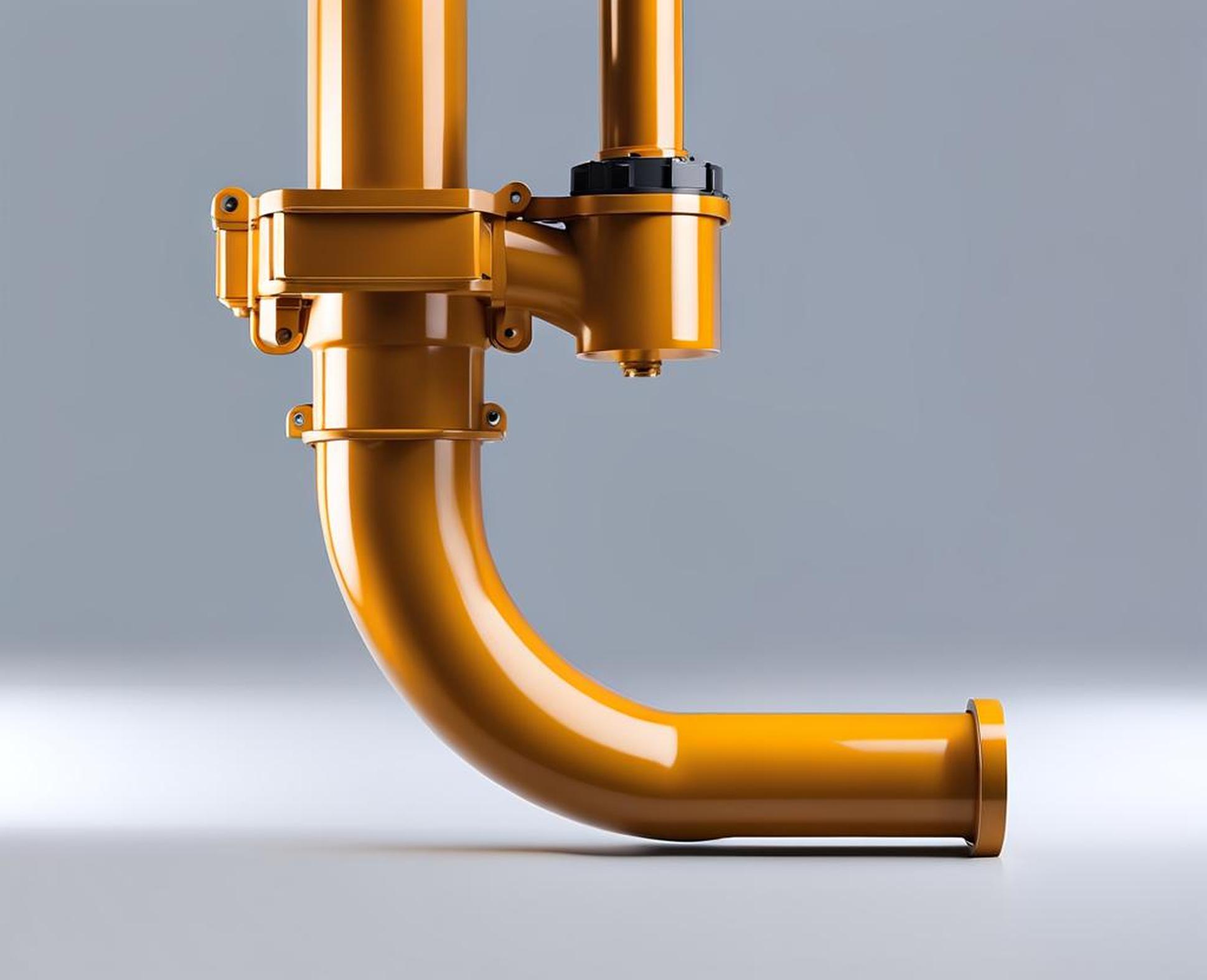Pipe dope refers to a type of pipe thread sealant or lubricant frequently used by plumbers during installations and repairs. The most common types are plumber’s putty, silicone-based compounds, and polytetrafluoroethylene (PTFE). Pipe dope serves two key purposes – it helps seal threaded pipe connections to prevent leaks, and also acts as a lubricant to make it easier to assemble and disassemble threaded fittings.
For PVC pipes and fittings, plumbers may recommend using pipe dope on the threads during assembly. This can help create a tight seal and prevent leaks, especially during pressure testing of new plumbing drain and vent systems.
Why Use Pipe Dope on PVC?
There are a few potential benefits to using pipe dope on PVC drain fittings:
- It creates a tight seal between threads to prevent leaks.
- Allows easy assembly and disassembly of threaded joints.
- Some plumbers recommend it for pressure testing PVC drain, waste, and vent (DWV) systems.
- Can help lubricate PVC threads for easier initial tightening.
By filling in any small gaps, pipe dope assists in creating leak-free joints on plastic pipe threads. This makes it a useful option for assembling PVC DWV fittings that will need to withstand pressure testing without any drips or seepage.

Downsides of Using Pipe Dope on PVC
While pipe dope has its uses, there are also some potential downsides to be aware of when using it on PVC threaded fittings:
- Over-tightening fittings sealed with pipe dope can damage the PVC material.
- Excessive use can lead to pipe dope drying and causing fittings to feel stuck shut.
- Not all pipe dopes are plastic-friendly and may react with PVC.
- Specialty PVC sealants may provide better sealing without sticking.
It’s important to apply pipe dope carefully on plastic fittings and avoid putting excess torque on the PVC material. In some cases, you may want to consider alternative sealants that are specially designed for use with plastics.
Key Considerations for Using Pipe Dope on PVC
When working with pipe dope on PVC threads, keep these tips in mind:
- Use very sparingly, avoiding any clumps or caked buildup.
- Hand-tighten fittings initially – no wrenches or tools at first.
- If using a wrench, grip lightly and turn carefully to avoid cracks.
- Look for plastic-friendly, non-hardening dopes like Oatey Great White.
- Do a light pressure test after hand-tight to check the seal.
Avoid getting pipe dope in the interior of the pipe, as this can cause obstructions later. And never force or over-torque PVC threads, as they can crack under excessive stress.
Troubleshooting Stuck PVC Fittings from Pipe Dope
If a PVC fitting becomes stuck from pipe dope drying or caking up, there are a few methods to try loosening it:
- Use a larger pipe wrench or strap wrench to get more gripping power.
- Apply localized heat with a hot air gun to soften the pipe dope sealant.
- Gently twist the joint back and forth to break the seal loose.
- Avoid forcing or over-torqueing the PVC to prevent cracks.
With patience and gentle back-and-forth motion, you can typically get apart a stuck PVC joint sealed with pipe dope. Just be careful to avoid too much stress on the plastic parts.
Alternatives to Pipe Dope for PVC Threads
While pipe dope is an option for assembling threaded PVC fittings, you may want to consider these alternatives:
- PTFE tape – Wrapped around male threads to seal joints.
- Specialty plastic sealants – Such as Hercules Megaloc thread sealant.
- Sparing use – Minimize stick factor without compromising seal.
Options like Teflon tape and plastic-specific sealants can provide the needed lubrication on PVC threads without the sticking and caking issues sometimes encountered with pipe dopes. Just be sure not to overtighten fittings with any sealant.
To summarize the key points on using pipe dope on PVC threaded fittings:
- Can be used on PVC if applied properly in moderation.
- Avoid excessive amounts or overtightening to prevent damage.
- Consider alternative, plastic-friendly sealant options.
- May want to avoid dope on critical PVC joints.
- Do a light hand-tight seal check before full tightening.
While pipe dope is a common option, take care when using it on PVC to prevent cracked fittings or stuck joints. Light, careful use and plastic-friendly alternatives can allow you to achieve leak-free PVC connections without complications.
